To See the Sea in Tuscany
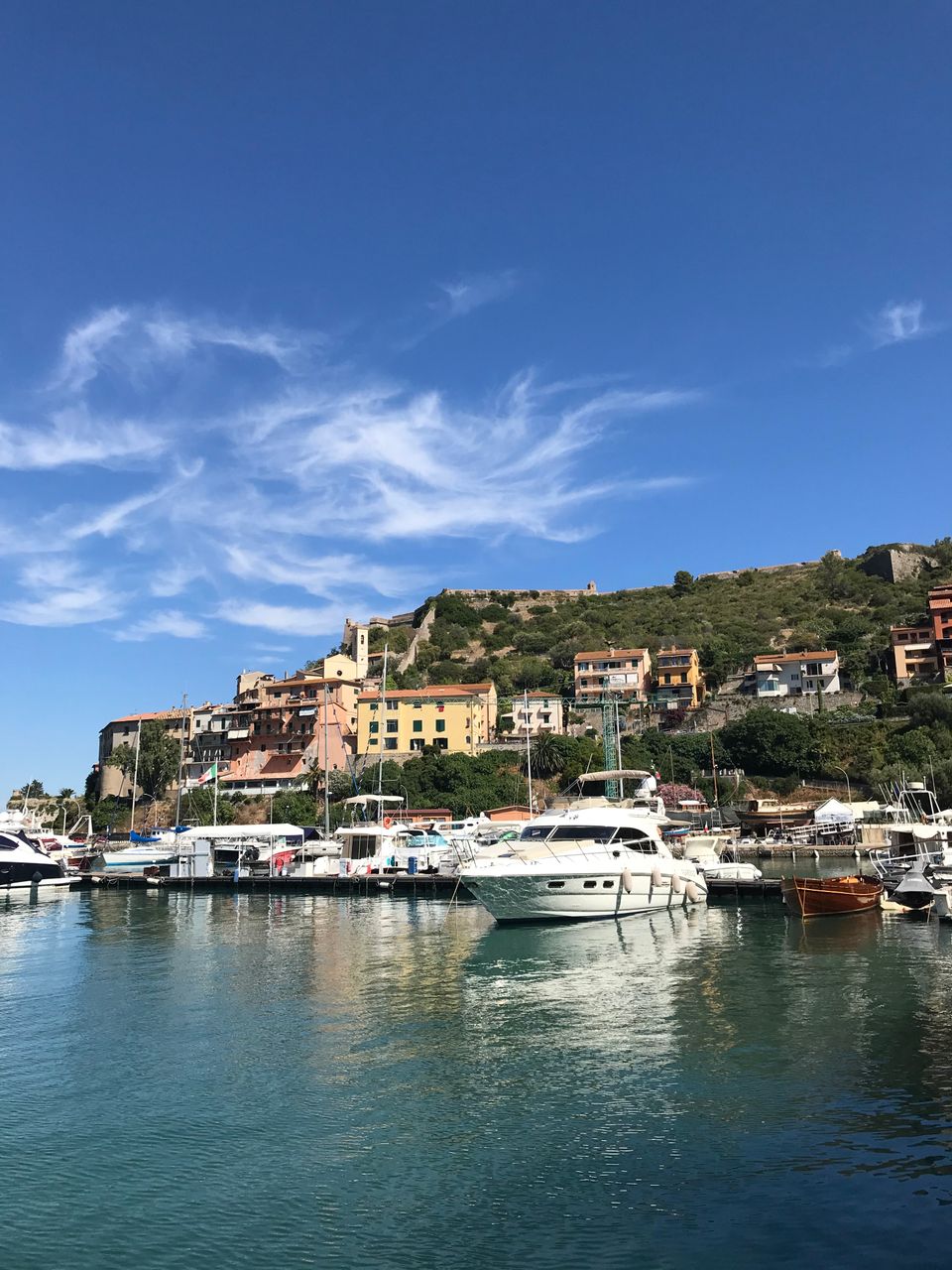
It came as a surprise to me that Tuscany was not all green, smooth, rolling hills and vineyards as far as you can see, but that it also had a splendid seaside. In my defense, geography has always been a blind spot of mine, together with a sense of orientation in space. The list of such deficiencies does go on and on, but for the sake of brevity I'll stop there.
Owing to that oversight, Tuscany's share of Tyrrhenian Sea has remained under the radar for us, and only recently my family and I visited the Maremma region which gradually shifts the greenery into the seaside. The beaches of Tuscany's coast were unspoiled, serene, and only modestly infested with tourists. Very long stretches of pine woods next to them were a welcome respite when we were ready for the afternoon merenda1. The charming beach towns sunbathed peacefully and lazily in all their coastline glory, lapped by the sea in the most astonishing shades of Tiffany green. Maremma seemed wild and reluctant to reveal itself to tourism. Nevertheless, I was smitten with this unusual, unexpected coastline of Tuscany that felt like an insider tip.
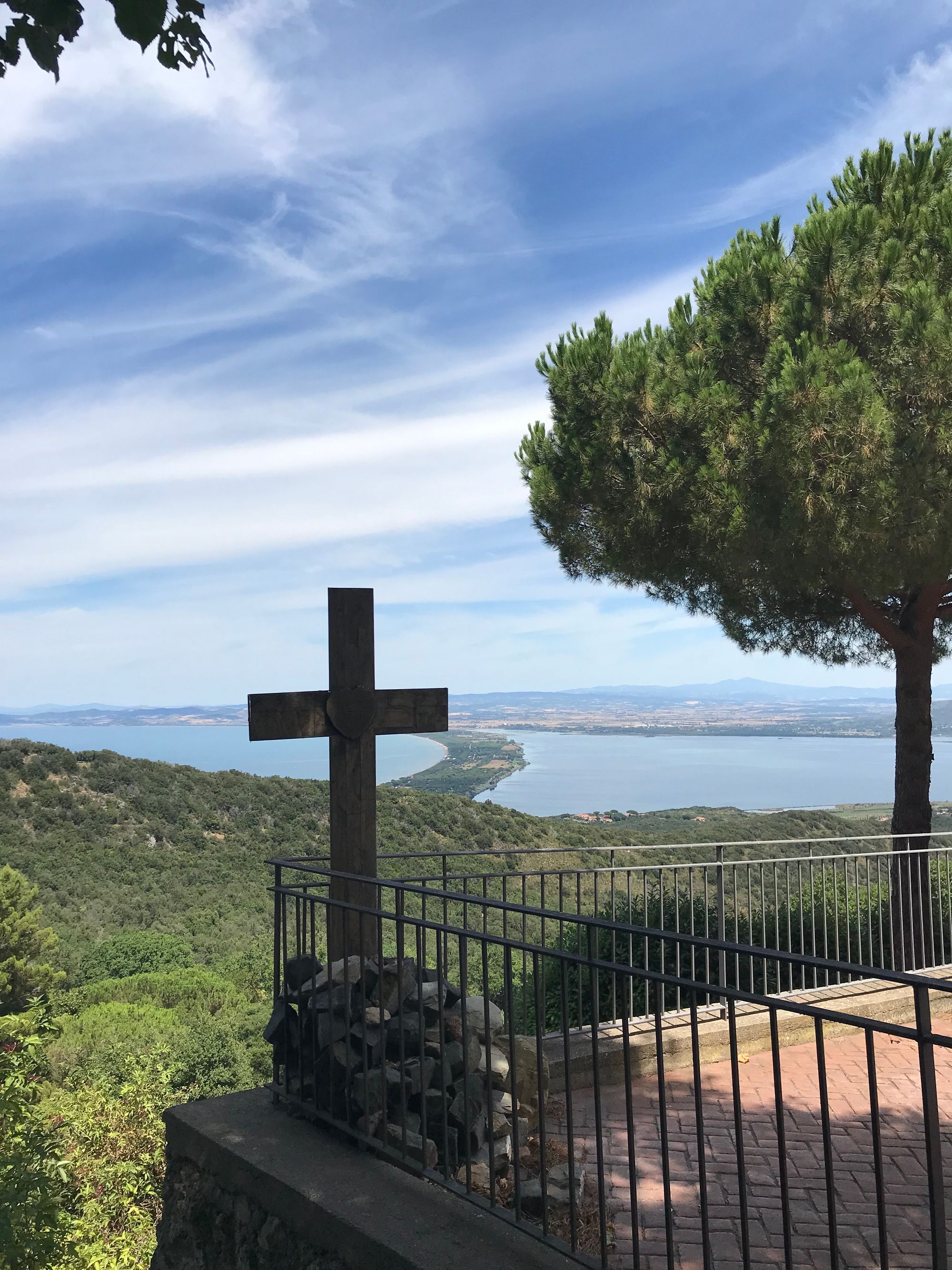
We travelled by car from the heart of greenness towards the south, and the trip itself was not a necessary drudgery to reach our destination. There were two spots along the way and near the coast, that were well worth the visit in their own right: Pitigliano and Saturnia Hot Springs.
Pitigliano is a small Tuscan town that should be way more famous due to the sheer theatricality of its setting. It suddenly appears in front of you, and it resembles a natural phenomenon, a stone mushroom, a town hanging over a steep cliff, as if the houses and buildings turned magically into stone, or grew spontaneously out of the rock. It sits on top of the volcanic tuff stone, porous, ashy, soft kind of a stone, coloured as an opulent, pale cream. There are vegetable gardens, vineyards, and allotments underneath the town, and it all looks like an organic, spontaneous growth. There are holes in the stone foundations, resembling Swiss cheese, openings to caves and tunnels, dramatic, eerie underground passages beneath the city. This labyrinth of passages has been in use since Etruscan times. The Etruscans flourished in central Italy between the 8th and 3rd century BC, long before the Romans arrived. They are a defeated, vanished civilization, but still enigmatic and important within the cultural tissue of Tuscany. It's better to get used to hearing a lot about the Etruscans in Tuscany. They gave the name to Tuscany and built their settlements on steep hills which they would wrap with protective walls. Thus, there will always be the remains of the walls they built, a necropolis, pots and tools on display somewhere, or even a museum with the artefacts from their times.
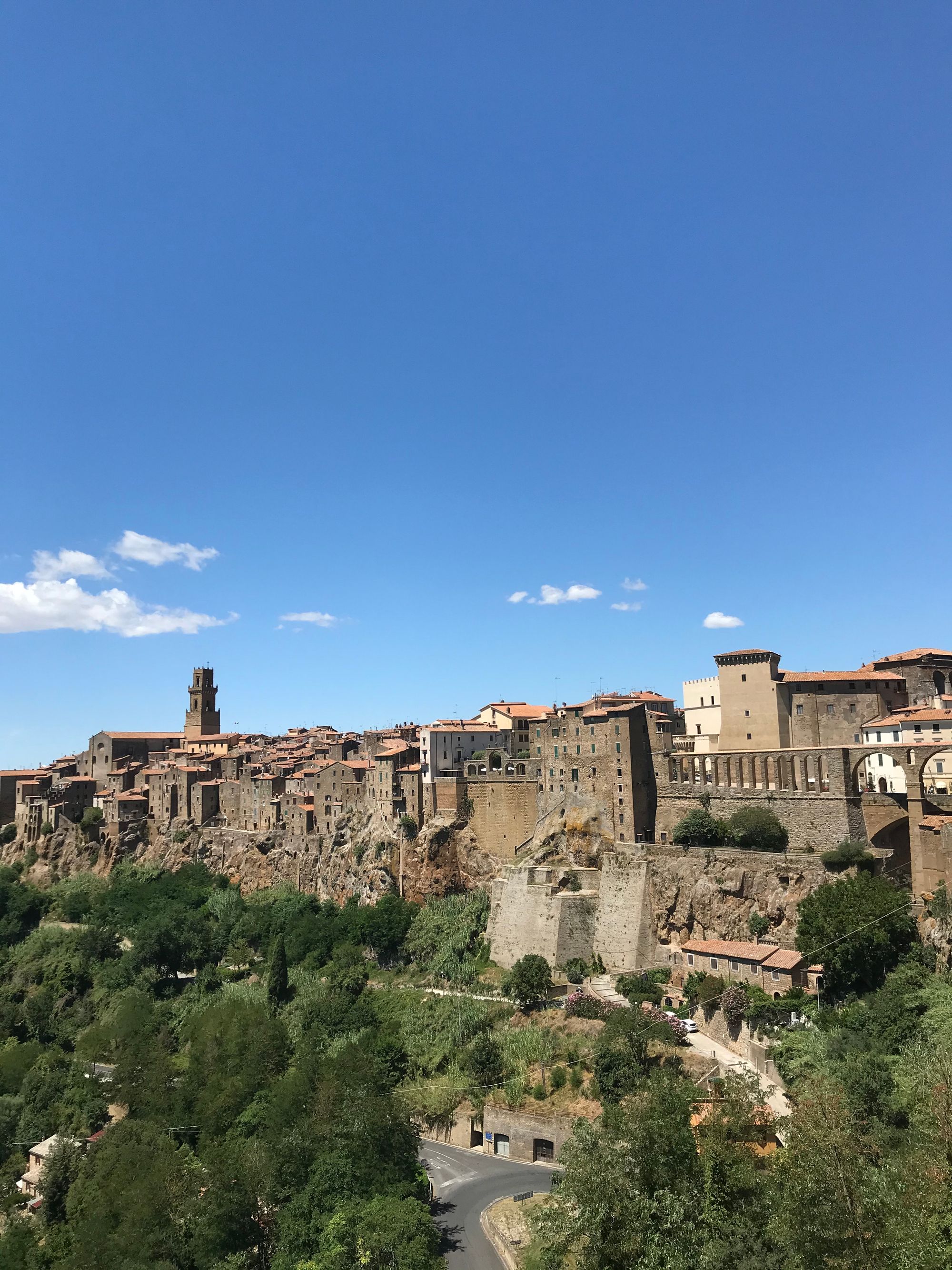
The town of Pitigliano thrived due to the wealth of a once prominent, now extinct Orsini family, but it also served as a bargaining chip in the power games of families of Strozzi and Medici. Medici senza frontieri, indeed2. Pitigliano is nicknamed Little Jerusalem, due to the significant presence of the Jews in the past. There was a large Jewish community living in Pitigliano until the 17th century, which was unusual and liberal at the time, given the fact that the Jews were expelled from many European countries from the 12th to 16th century. To say that they lived there harmoniously would still be a stretch. A local legend has it that the popular delicacies, baton-shaped Sfratti, were made to resemble the sticks that the police used when they would hit them to force them back into the Jewish ghetto. Sfratti are heavily filled and hard, needless to say. That must have been far from a peaceful, neighbourly cohabitation with the Gentiles, but the only one the Jews of that time could hope to get.
Walking the narrow streets of Pitigliano is all you might have expected. There is a spectacular aqueduct, medieval palaces, a synagogue, a cathedral, the ancient Jewish Quarter, pastry shops and bakeries, and dramatic views all around you. The cobbled, spidery network of tiny alleys. Picturesque quarters, windows overlooking the abyss, olive groves, all ancient and oozing history and beauty. The Jewish community is gone but their Sfratti are still available.
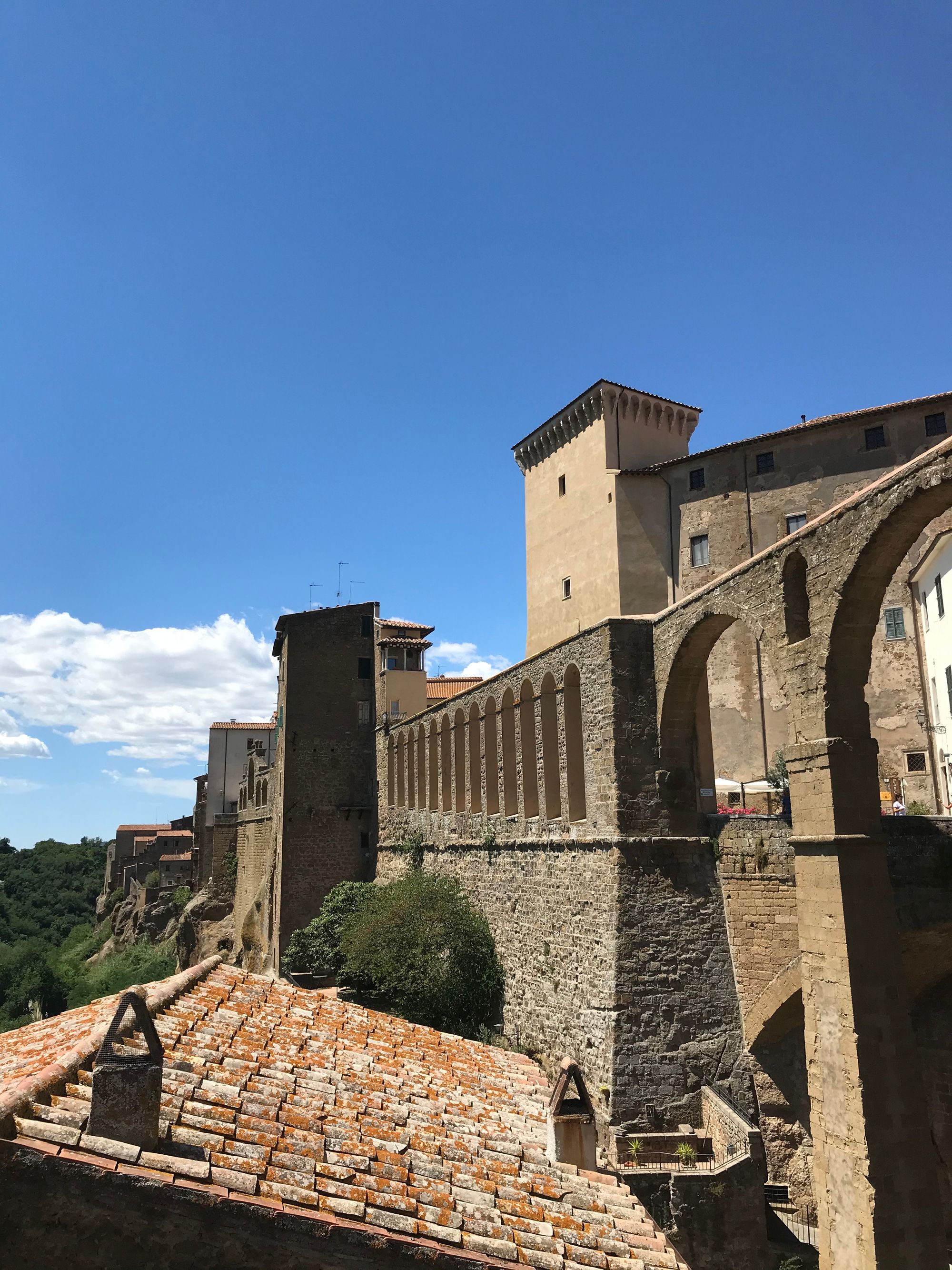
Every year, a list of the best villages in Italy is published. These places, with no more than fifteen thousand inhabitants, receive a highly-coveted reward called Bandiera Arancione, or the Orange Flag. Orange Flag villages need to score highly on many points, such as hospitality, cultural significance, architectural and environmental attractions, aesthetic charms etc. Not surprisingly, Tuscany is the region with the highest number of Orange Flags in Italy. Guess which place is steadily on the list? Yep, Pitigliano. Completely deserved.
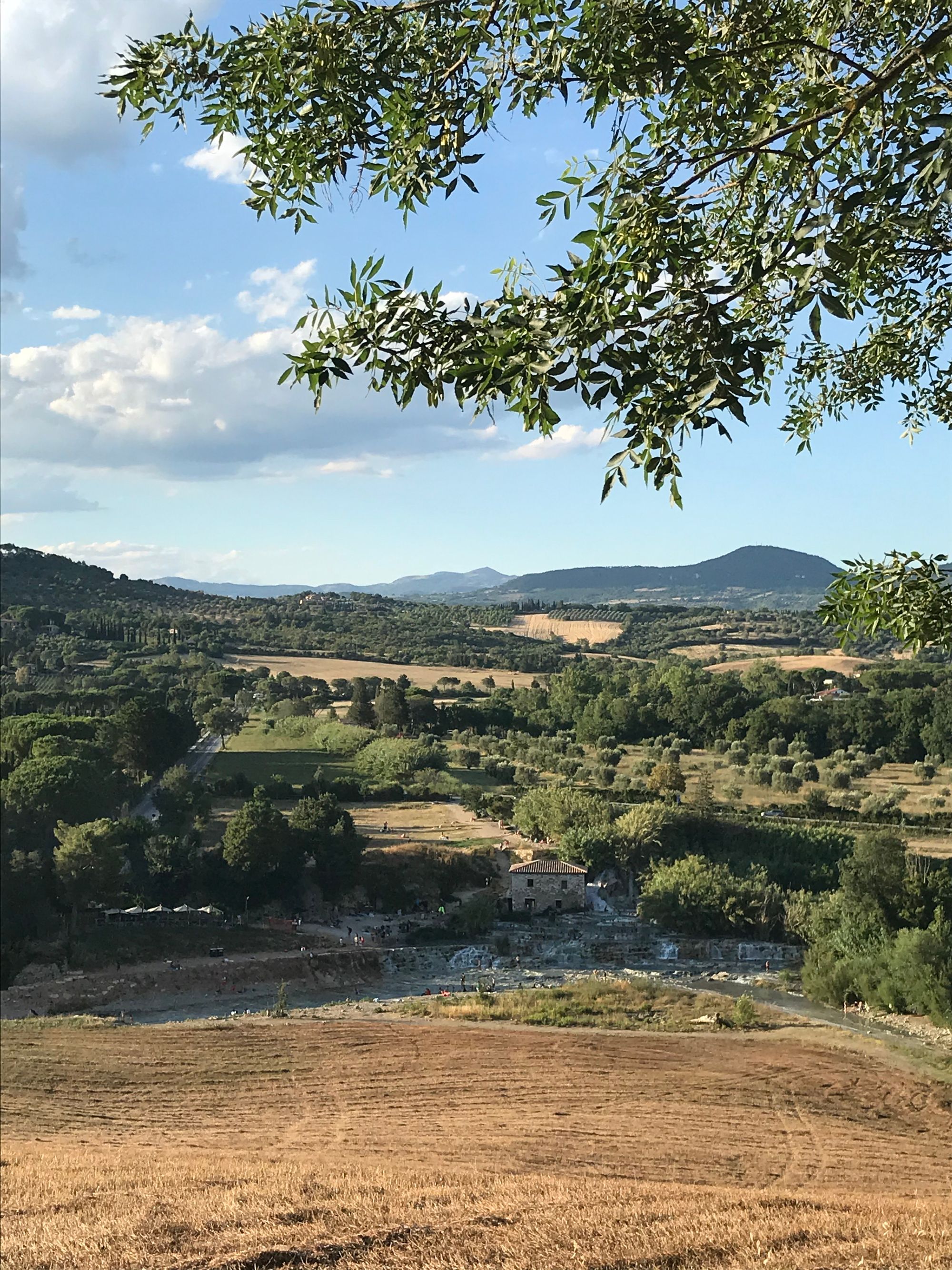
Saturnia Hot Springs are natural springs and a spa destination in the municipality of Manciano. These hot sulphur springs were already known for their healing properties by the Etruscans (I duly warned you they will keep on cropping up). Sulphuric waters sound hellish and egg-sandwichy, but surprisingly enough, they are not, the smell is very mild and imperceptible. In fact, the warm, turquoise thermal pools are heavenly. The springs are on a terraced slope and the water cascades and drips into the oval pools underneath. Steamy, relaxing, natural, absolute bliss, and as an added boon, the water beneficially affects the skin and muscles. This is a place to be if you wish to meet the locals because the dip in Saturnia natural spa is free of charge. It can be very crowded as a result, and you will have to park along the streets, but this is a rare breed, a hyped-up place that is worth its fame.
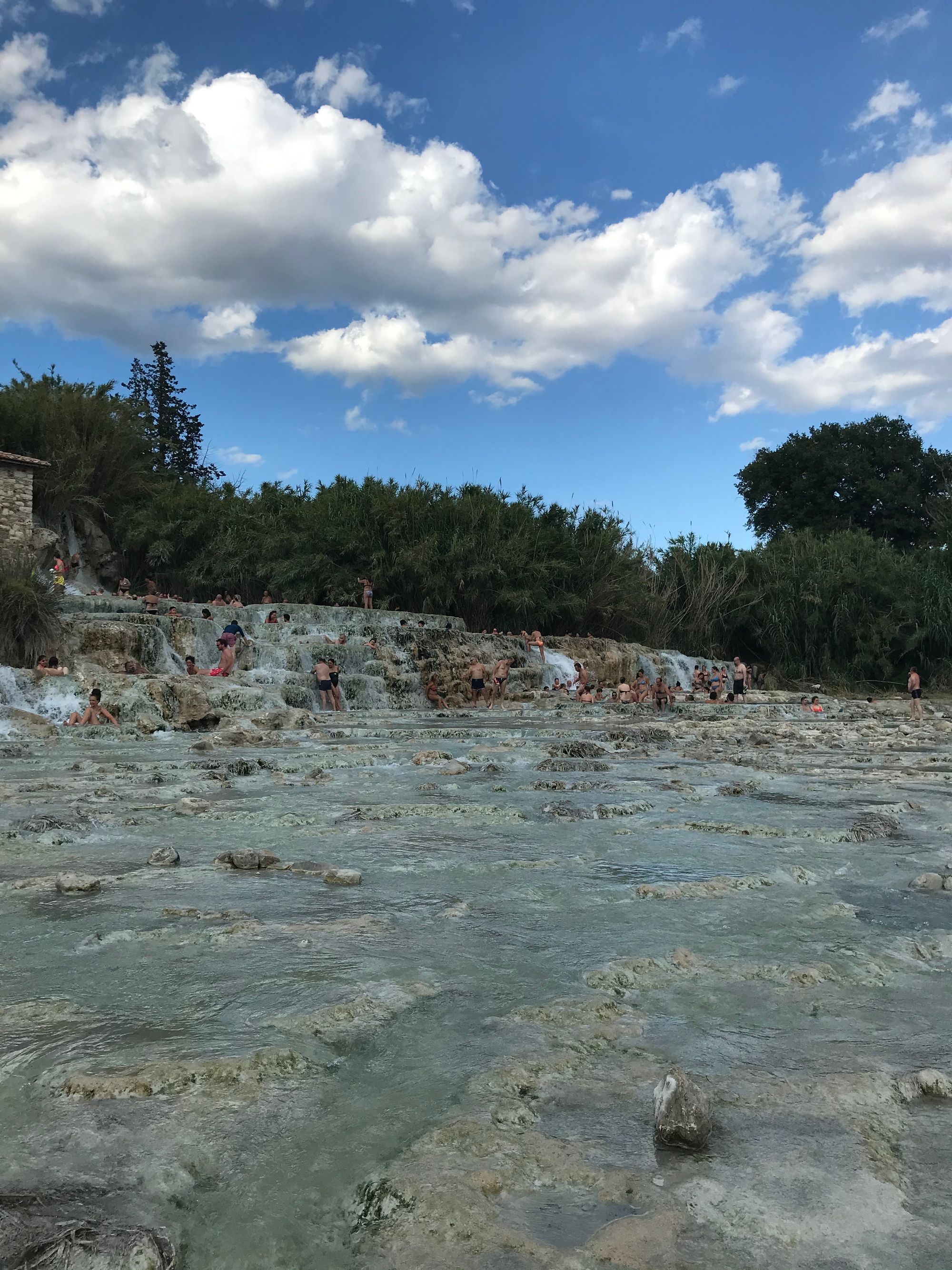
Orbetello will greet you with stunning sand beaches, pink flamingos and an unexpected sight of a rustic windmill emerging from the seawater. With a strong opening like that, consider me intrigued. The mill is called the Spanish Mill (Mulino Spagnolo, some things are better left in Italian, we have to agree), and it is the only remaining one out of nine that were used to grind wheat for the inhabitants. This is a picturesque coastal town with a dramatic geographic position, nestled in the middle of the lagoon divided into two parts: Laguna di Levante and Laguna di Ponente. Furthermore, Orbetello is linked to the peninsula Monte Argentario by an artificial strip of land, an isthmus road.
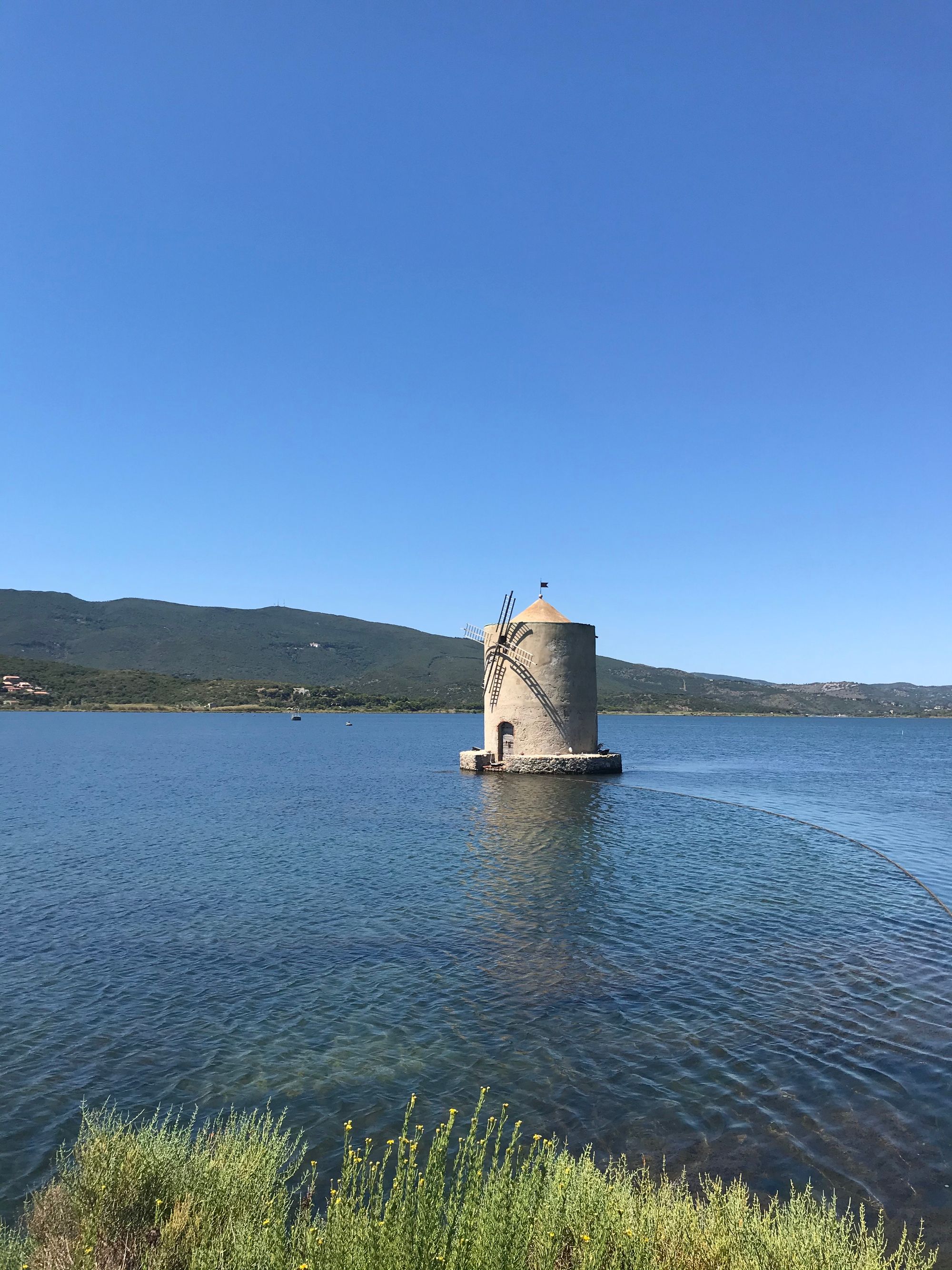
Monte Argentario is at heart an island, reluctantly connected to the mainland by two thin strips of sand and owned in the past by a powerful moneylending family. During WWII, the island was heavily bombed by the Americans, in a brilliant strategic action that missed the intended targets, the Germans, but razed the local towns and facilities that later took ages to repair, if ever. The most charming port town on Monte Argentario is Porto Ercole, a small fishing village that overlooks crystal blue water. It is idyllic now, but at the same time, it is easy to imagine it as a setting of turbulent history, pirates attacking, and cultural mixing. There is a seemingly endless seafront boardwalk, lungomare, framed by lush bougainvilleas, and the long unspoilt family beaches in every direction.
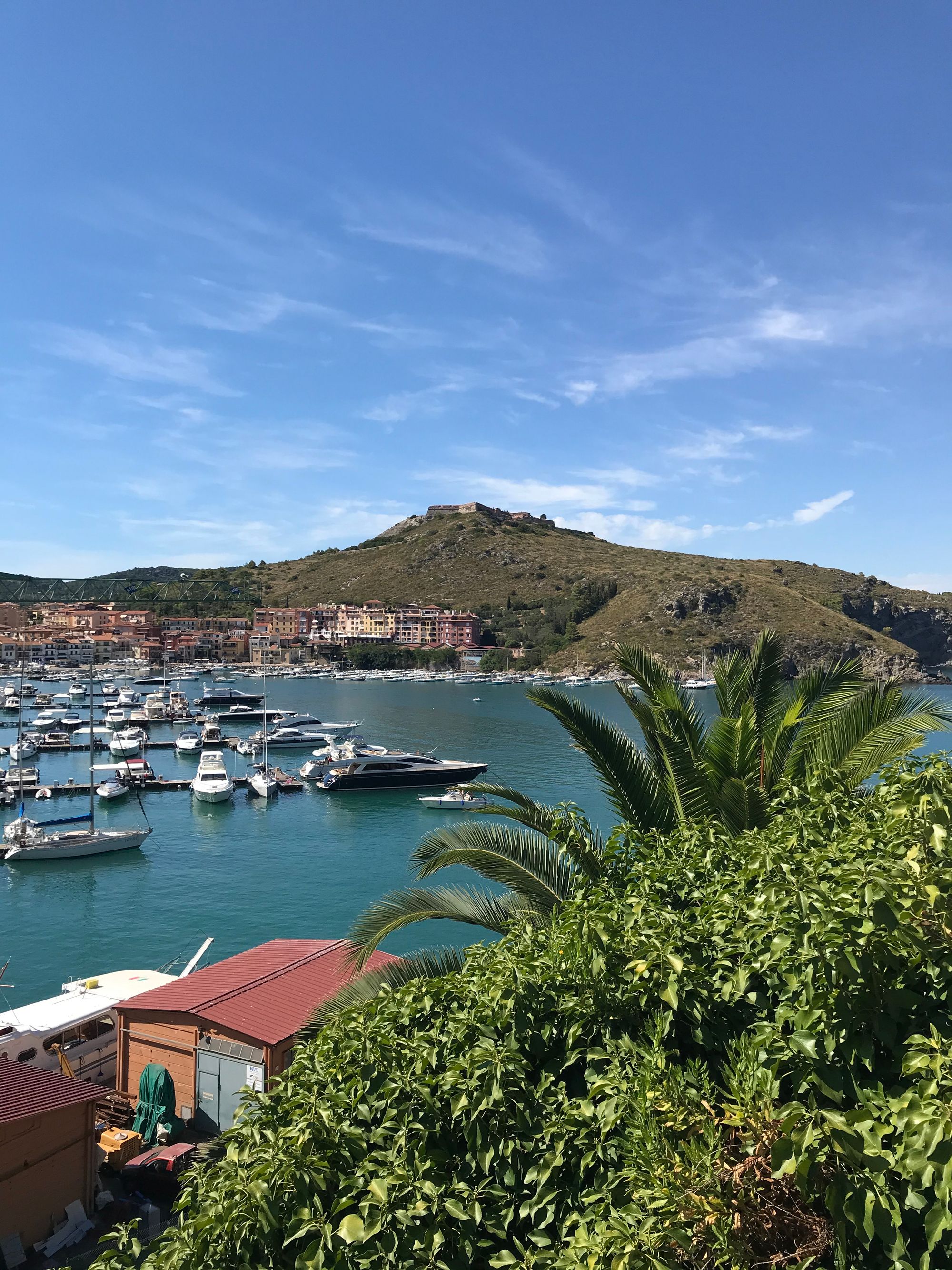
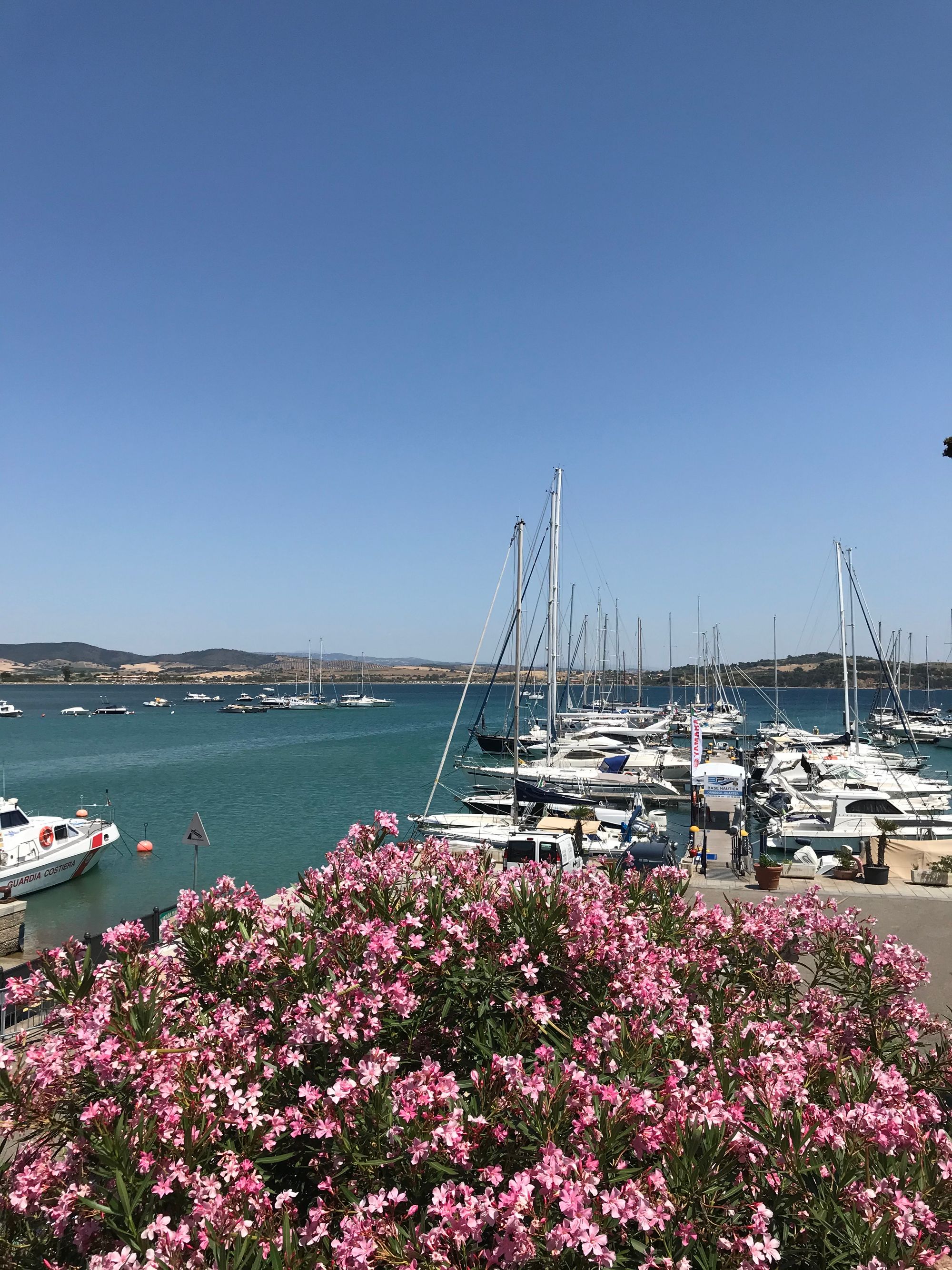
Porto Ercole's inhabitants are not humble, fishing folk, though. The villas in the town are pastel-coloured, terracotta-styled, and it is very hushed here, making it easy to imagine bankers and hedge fund managers having a nap inside. There is an ambiance of secrecy and heavily guarded privacy here, of unavailability even. Italians love to vacation and savour the joy of living here, but as a foreigner, you feel as if you lucked out and accidentally stumbled upon this town. Who would venture all the way here for a seaside holiday, with everything that Sicily or Sardinia, or the whole Adriatic Coast of Italy have to offer in that department? Well, if the gossip inside gelaterias, greengrocer's, and fishmonger's is to be believed (the freshest and juiciest kind of gossip, we all know it), a certain well-known dictator owns property on Monte Argentario. It could be a small-town self-aggrandizement whispering campaign, of course, but somehow I know exactly the fortress-cum-private-property where he might feel at home. So, if you don't mind doing your morning fish shopping and risking snatching the best cuts under his nose, go ahead, Porto Ercole is an oasis of la dolce vita.
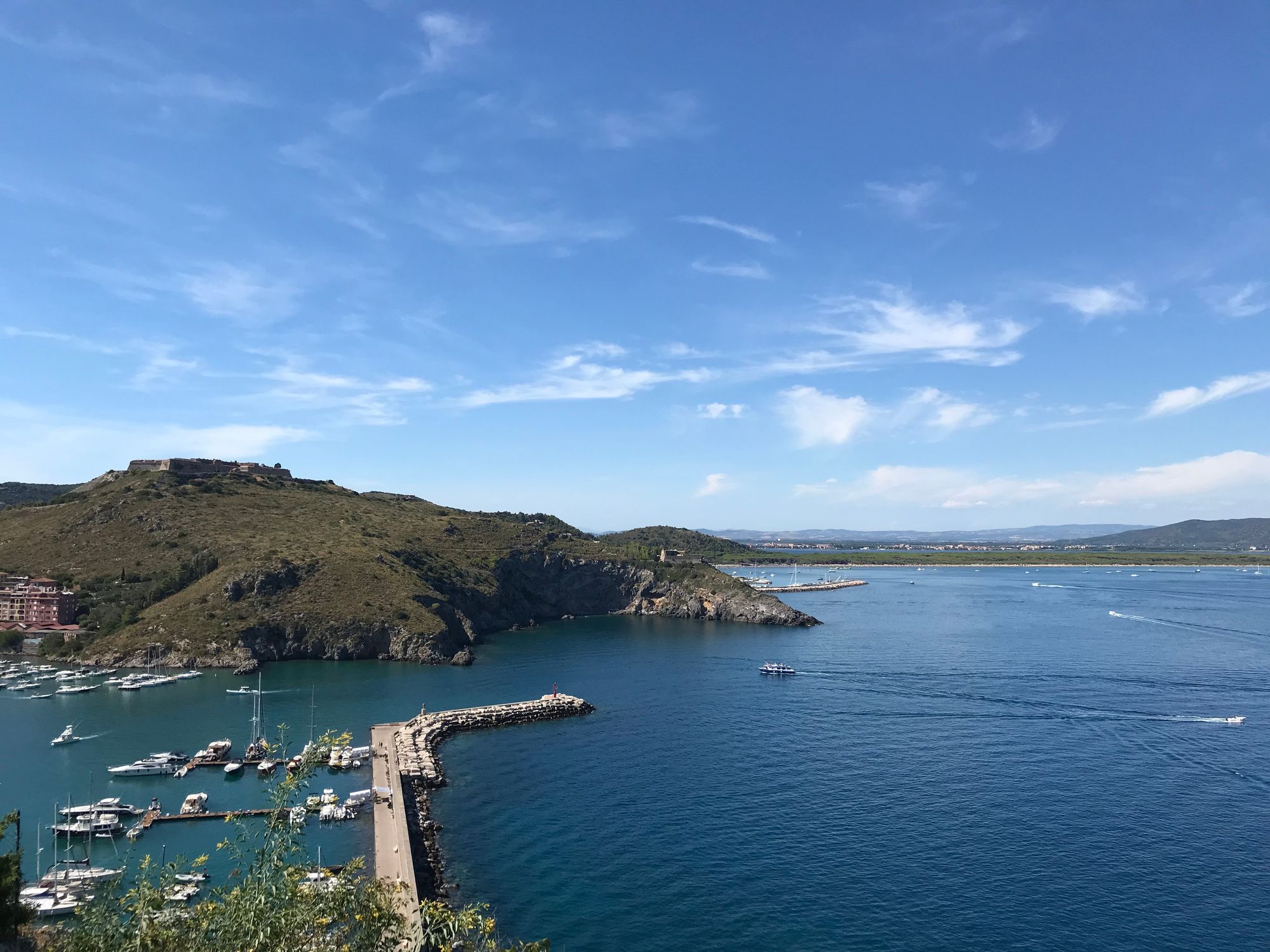
On the topic of celebrities, the town is also associated with the Italian painter Caravaggio who died there under mysterious circumstances. It was argued that he was in hiding because of a murder he committed in a duel. Perhaps he was murdered in retribution or died of a random illness in the hospital and was buried in an unmarked grave. In any case, there is a feeling of a life-is-stranger-than-art story connected to him. On a side note, how was it possible that the Italian artists from past centuries managed to be highly productive, sensitive, and imaginative souls, as well as alpha male gangsters/adventurers/criminals at the same time? How did they find the time and energy for both?3
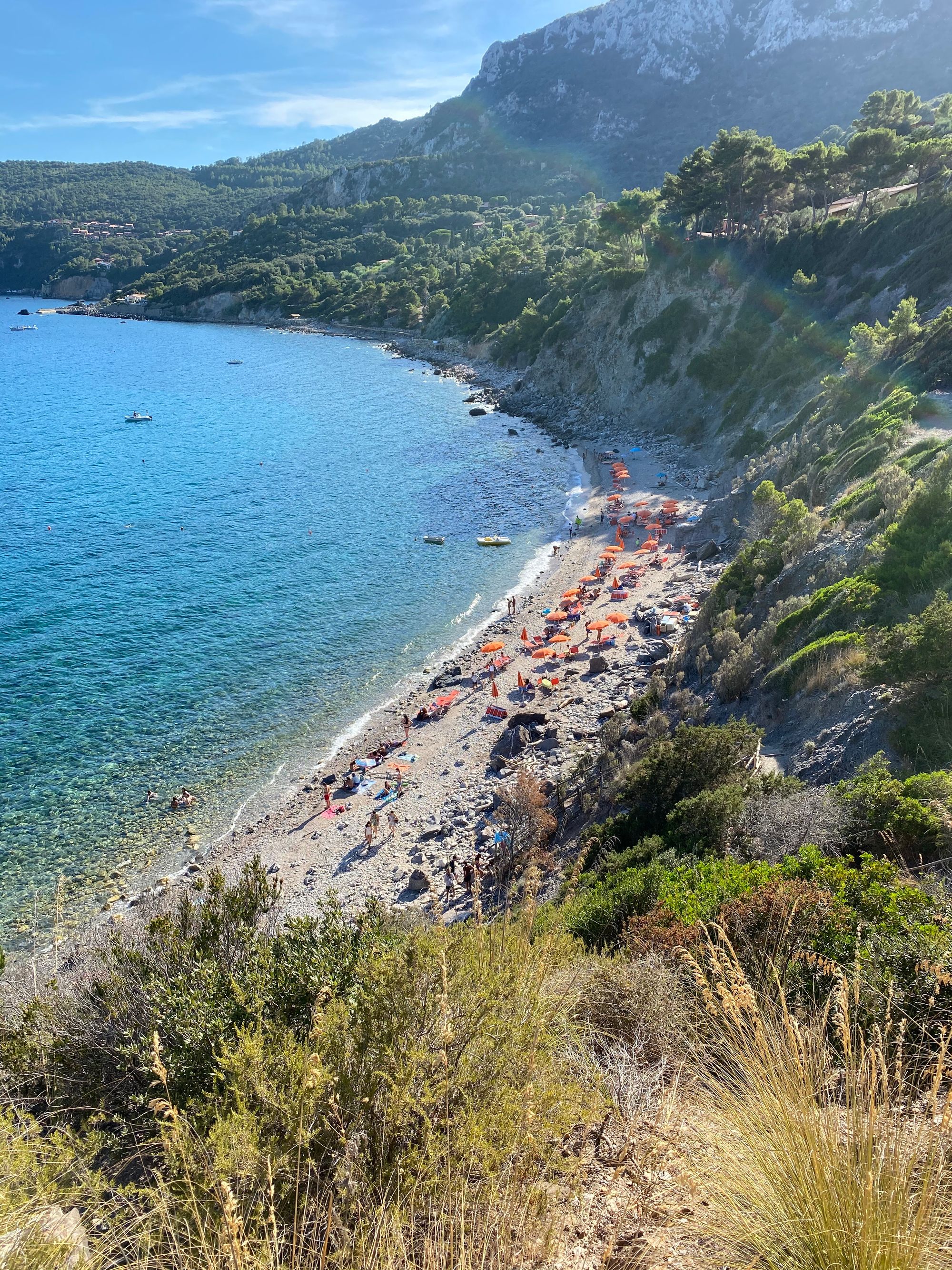
For a long time, I was under the impression that Tuscany is Florence and its surroundings, but the area is much more polycentric than that. I believe now that the deep south of the region is different than any other Italian coastal area I have seen. What is so special about Tuscany's coastline? The plain fact that it exists. It is more than enough that typical Tuscany has all its glory and beauty that rendered it immortal worldwide. God knows I'll spend my lifetime waxing lyrical about it. To have a magical, secluded seaside coast is just an unexpected bonus, a contrast beautiful unto itself. To have the coastal lifestyle and simultaneously be able to return to the rural bliss, cypress paths, and green hills in an hour, is such a privilege. Some parts of the world are teacher's favourites, aren't they?
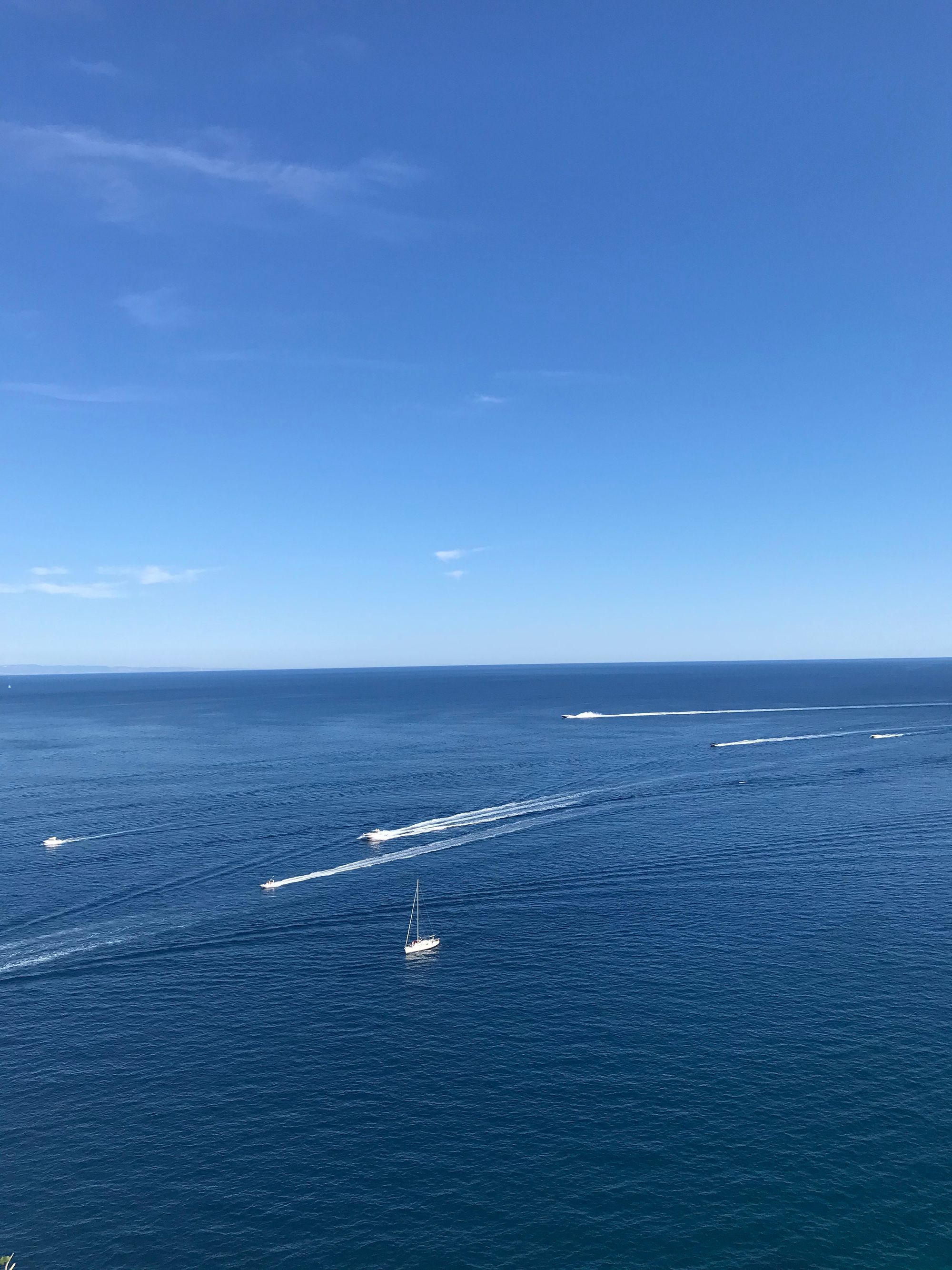
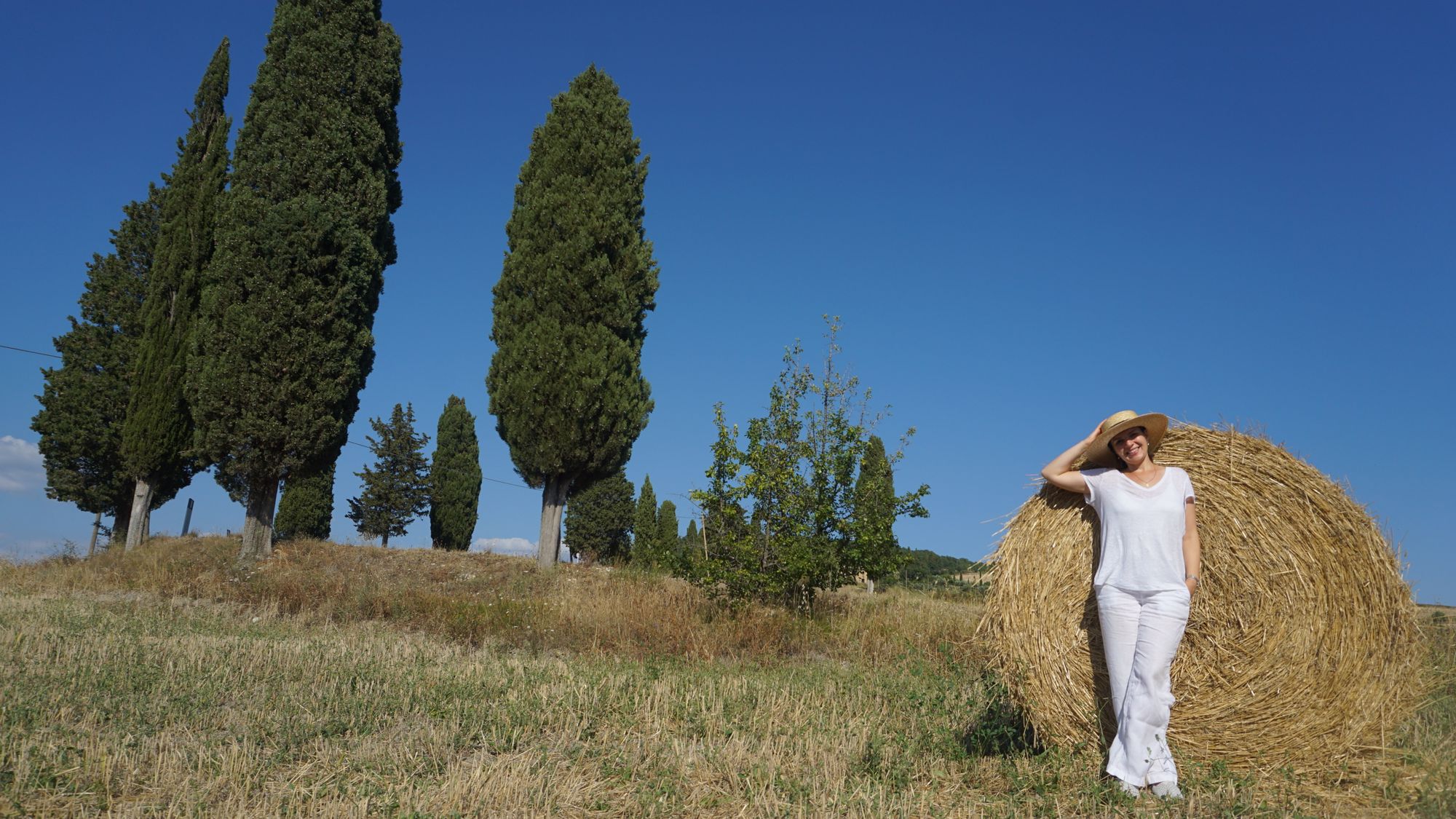
[1] Afternoon snack-time.
[2] Doctors Without Borders, but also a play on the family name Medici, which means doctors.
[3] See, for example, Gianlorenzo Bernini's scandalous life.